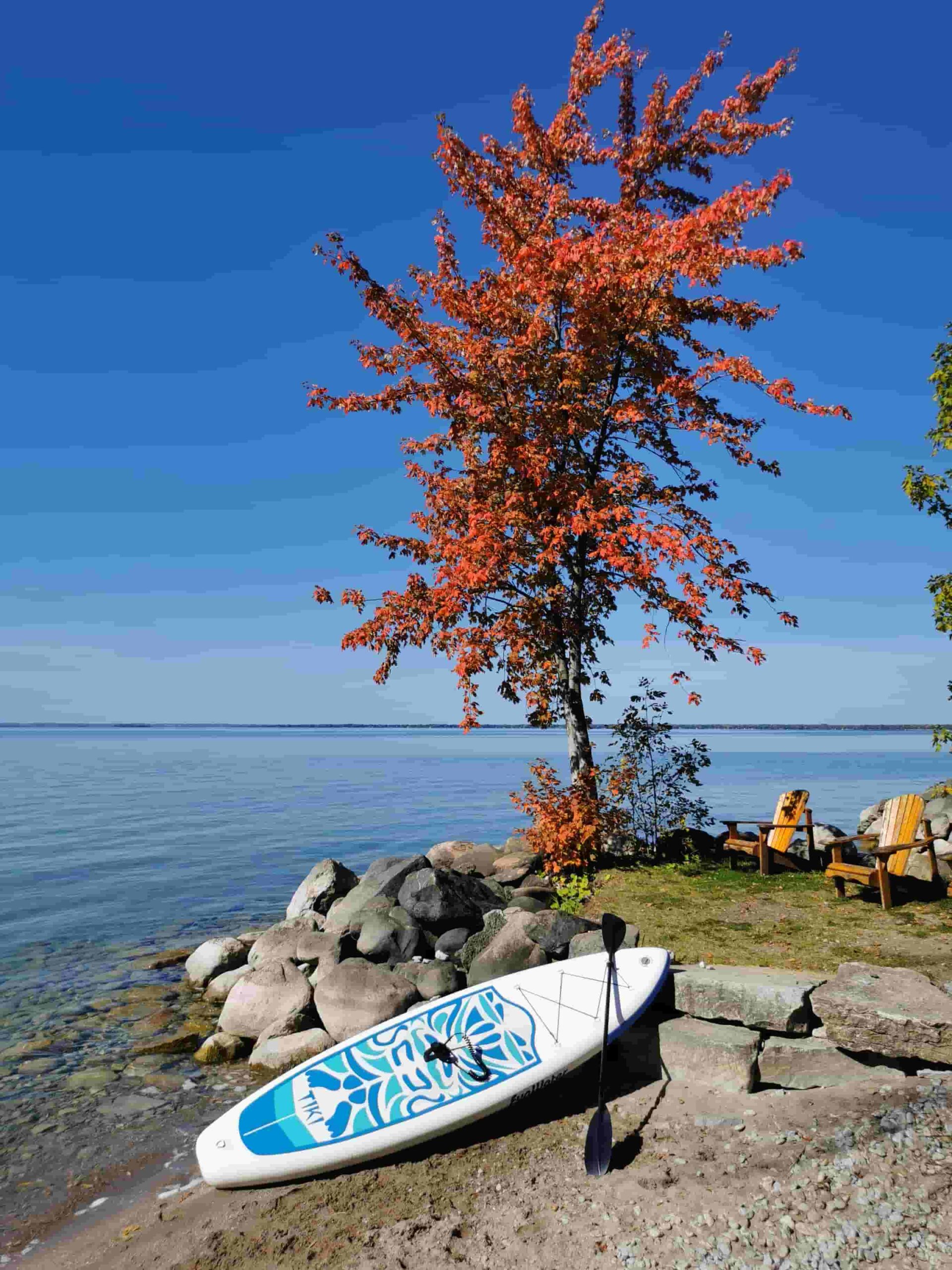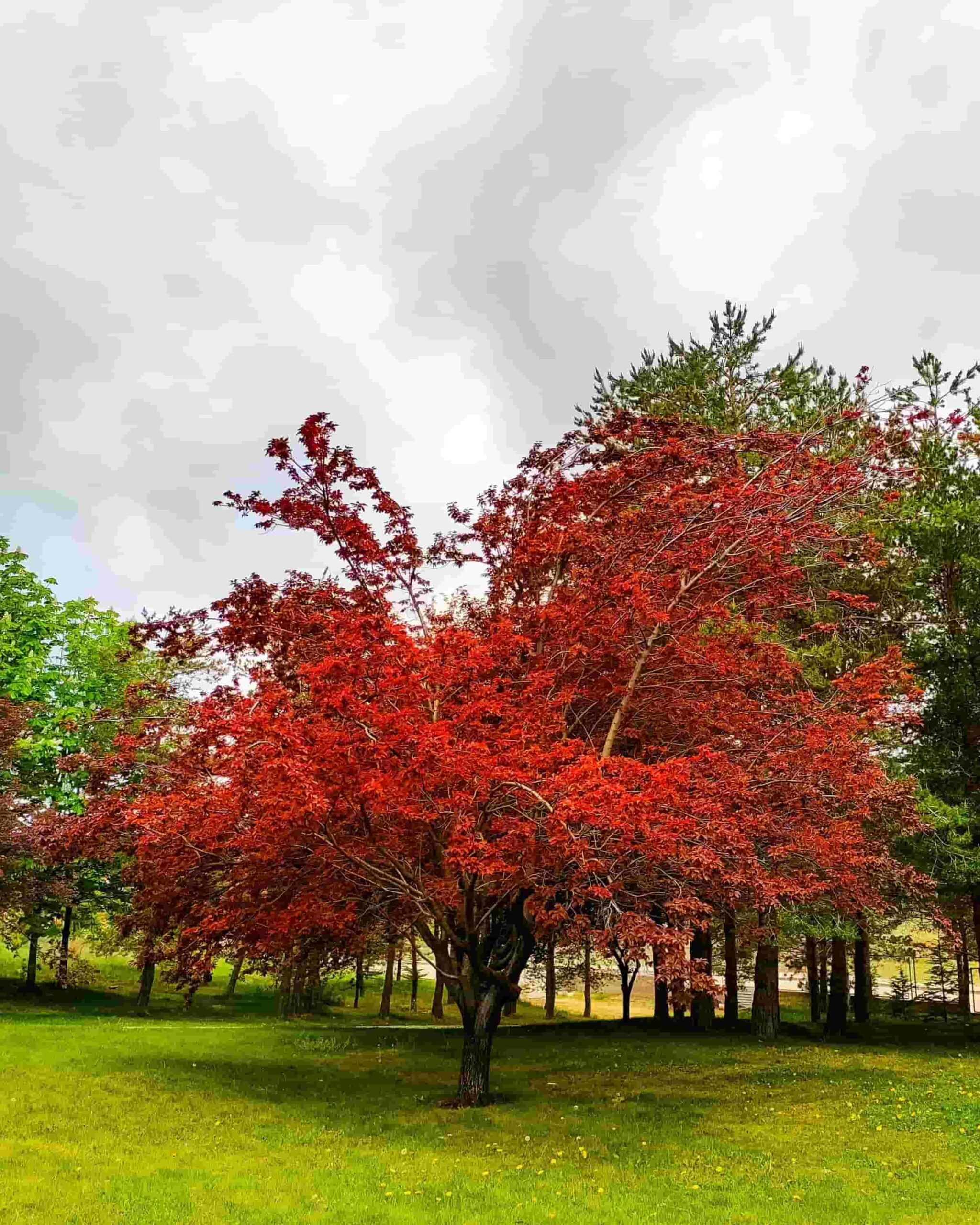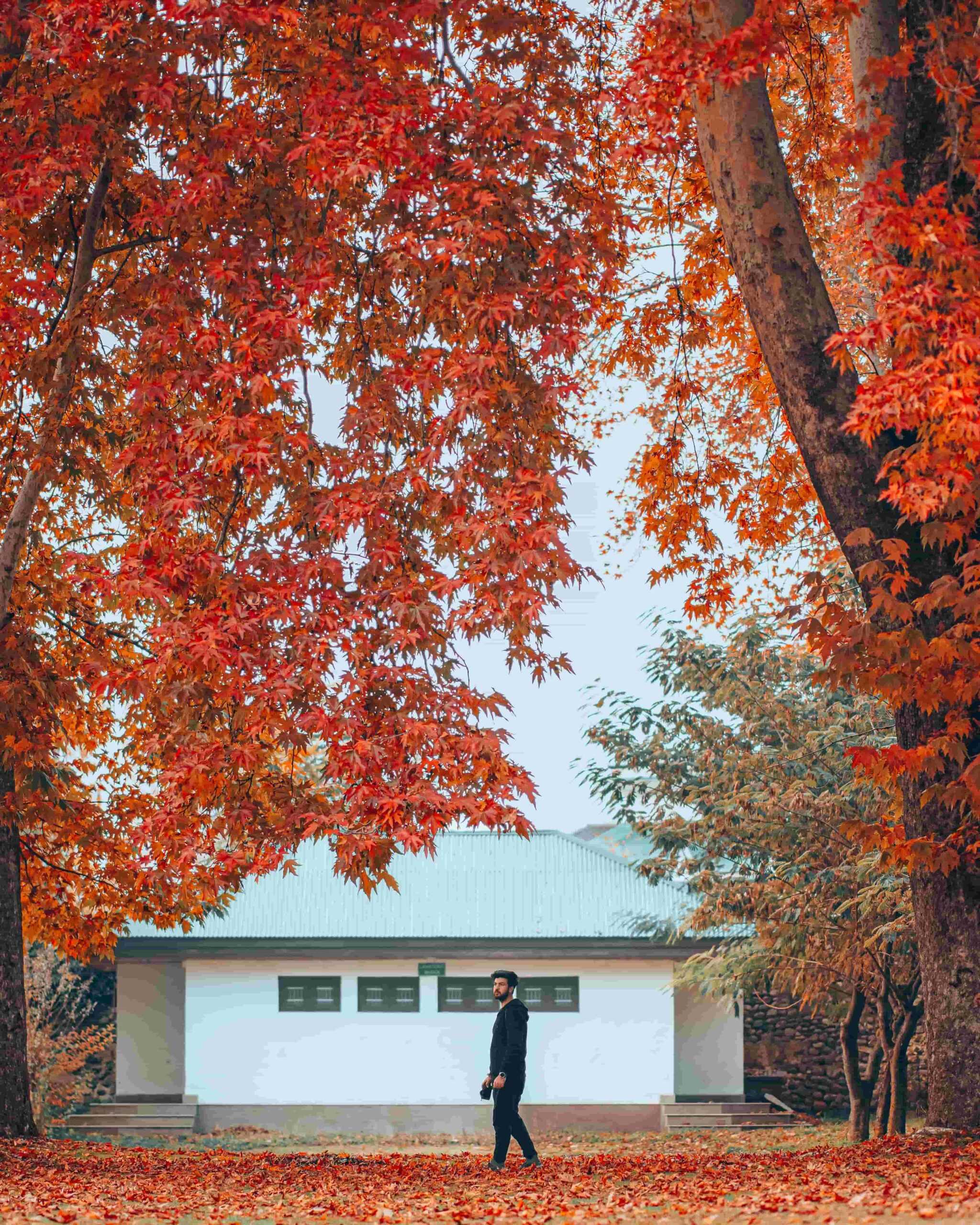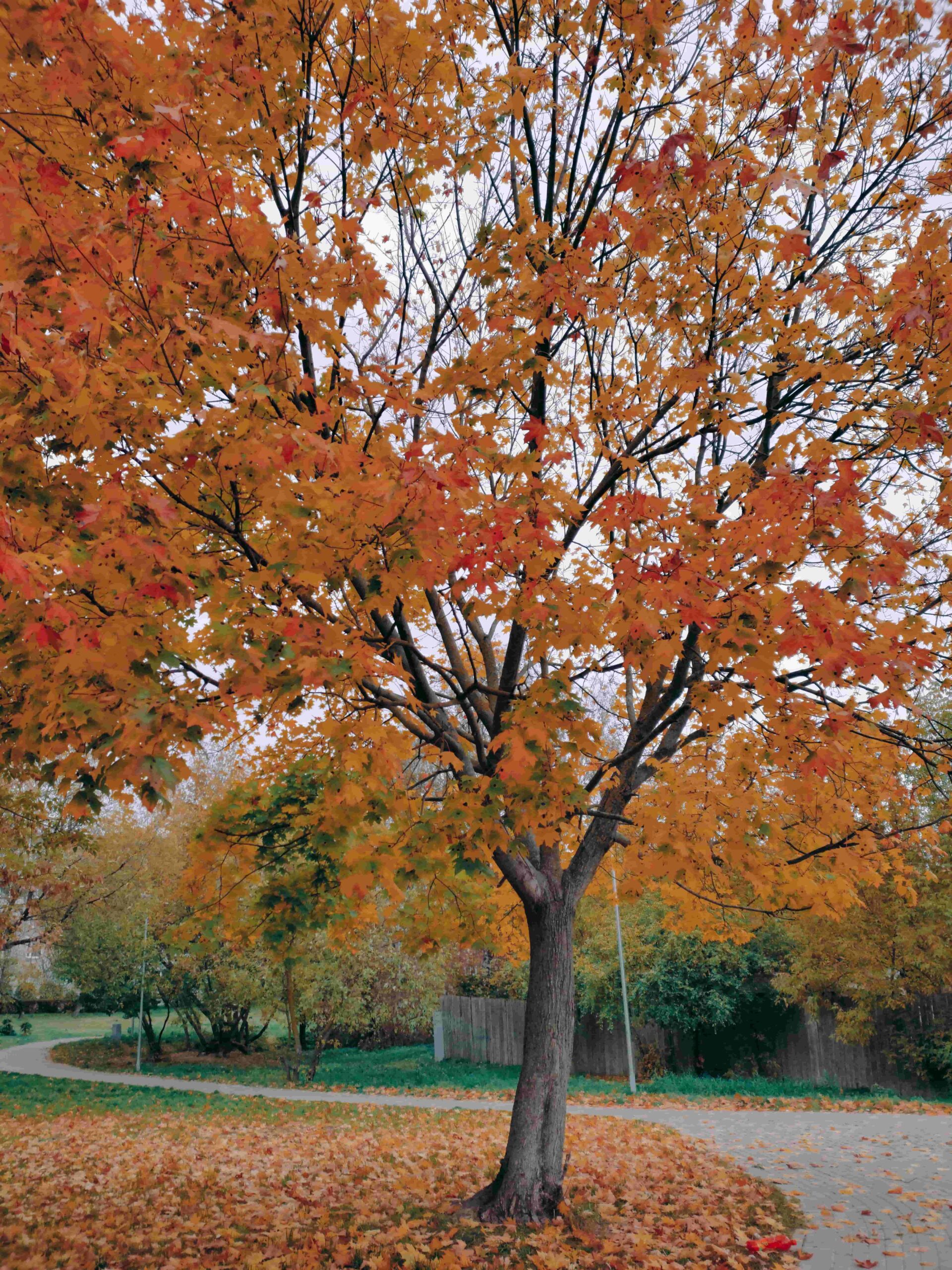परिचय
The maple tree, known for its vibrant foliage and unique characteristics, holds a special place in the hearts of nature enthusiasts. This article delves into the captivating world of maple trees, exploring their significance, growth patterns, and diverse species. From their historical symbolism to their ecological importance, we will unravel the secrets of these majestic trees.
The Significance of Maple Trees

Maple trees hold immense significance in various aspects of human life and the natural world. With their stunning foliage, they symbolize the changing seasons, making them a beloved feature of landscapes around the globe. Let’s explore the different types of maple trees and their unique characteristics.
Types of Maple Trees
Sugar Maple (Acer saccharum)
The sugar maple, also known as Acer saccharum, is famous for its brilliant fall colors, ranging from fiery oranges to deep reds. This iconic tree is widely celebrated for its sap, which is extracted and transformed into the delectable maple syrup.
Red Maple (Acer rubrum)
The red maple, or Acer rubrum, is a fast-growing tree that boasts vibrant red foliage during the autumn months. This species adapts well to various soil conditions and is often found in wetland areas, making it a valuable tree for landscaping and environmental purposes.
Silver Maple (Acer saccharinum)
The silver maple, scientifically known as Acer saccharinum, is recognized for its distinctive silvery undersides of leaves and rapid growth. It is often planted as a shade tree due to its wide canopy and ability to thrive in different climates.
Japanese Maple (Acer palmatum)
The Japanese maple is renowned for its delicate and intricately shaped leaves. It is a favorite in ornamental gardens and provides a touch of elegance and grace.
Maple Tree Growth and Habit
Leaves
Maple leaves are a source of awe and wonder, especially during the autumn season. The chlorophyll in their leaves breaks down, revealing vivid hues of red, orange, and gold. These colorful displays attract visitors from far and wide, making maple tree forests a popular destination for leaf-peeping enthusiasts.
Bark
The bark of these trees can range from smooth and gray to rough and dark brown, depending on the species. Over time, some maple trees develop interesting patterns and textures, adding to their visual appeal.
Flowers and Fruits
These trees produce small flowers that appear in early spring before the leaves fully emerge. These inconspicuous flowers give way to the formation of winged fruits called samaras. The samaras, with their unique design, assist in seed dispersal by catching the wind and fluttering away from the parent tree.
Growing and Caring for Maple Trees

To ensure the healthy growth of these trees, it is essential to provide them with the right conditions and proper care. Let’s explore some key aspects of maple tree cultivation:
Choosing the Right Location
Think about things like sunlight exposure, soil drainage, and enough room for growth when choosing a spot for your maple tree. The majority of these trees need full or partial sunlight to grow and do best in well-drained soil.
Planting and Soil Requirements
To plant a maple tree successfully, dig a hole that is wider and slightly shallower than the root ball. Backfill the hole with soil, ensuring that the root flare is level with or slightly above the ground. Water the newly planted tree thoroughly and apply mulch around the base to retain moisture.
Watering and Pruning
These trees benefit from regular watering during their initial establishment period. Once established, they generally tolerate drought conditions. Pruning should be done during the dormant season to maintain the tree’s shape and remove any dead or damaged branches.
Dealing with Pests and Diseases
Maple trees are susceptible to various pests and diseases, including aphids, scale insects, and leaf spot diseases. Regular inspection and appropriate pest management practices, such as using organic insecticides or horticultural oils, can help mitigate these issues.
Maple Tree Uses
Syrup Production
Maple syrup is perhaps the most well-known product derived from maple trees. The process of collecting sap and boiling it down to produce syrup has been perfected over centuries. The rich, sweet flavor of maple syrup adds a delightful touch to pancakes, waffles, and various other culinary creations.
Timber and Woodworking
Maple wood is highly prized in the woodworking industry due to its strength, durability, and attractive grain patterns. It is commonly used in manufacturing of furniture, cabinetry, flooring, and musical instruments. The light-colored wood adds warmth and elegance to any space.
Landscaping and Ornamental Purposes
These trees are often planted in parks, gardens, and residential landscapes for their aesthetic appeal. The vibrant colors of their leaves in autumn and their graceful form throughout the year make them a favorite choice for enhancing the beauty of outdoor spaces.
Maple Tree’s Role in the Ecosystem
Beyond their aesthetic appeal, these trees play a crucial role in the ecosystem. Their dense foliage provides shade and shelter for various wildlife species, while their root systems help prevent soil erosion. Additionally, these trees contribute to the oxygen cycle by absorbing carbon dioxide and releasing oxygen through the process of photosynthesis.
Cultural and Historical Significance

Maple Syrup Production
Maple syrup holds a special place in many cultures, particularly in North America. The process of collecting sap from maple trees and transforming it into syrup has been practiced for centuries. This delectable sweetener is not only enjoyed as a breakfast condiment but also used in a wide range of culinary delights.
Symbolism and Folklore
These trees have deep-rooted symbolism in folklore and mythology across various cultures. They are often associated with concepts such as abundance, strength, and endurance. In some indigenous traditions, maple leaves are believed to possess protective properties and are used in ceremonial rituals.
Maple Tree Conservation Efforts
As with many tree species, maple trees face challenges such as deforestation and climate change. Organizations and individuals worldwide are actively engaged in conservation efforts to protect and restore maple tree populations. These initiatives focus on reforestation, sustainable tapping practices, and raising awareness about the importance of preserving these magnificent trees.
Fun Facts about Maple Trees
- Maple syrup production is known as “sugaring” and has been practiced for hundreds of years.
- Canada is the largest producer of maple syrup in the world, accounting for over 70% of the global supply.
- The maple leaf is a symbol of Canada and features prominently on the country’s flag.
- Some maple tree species can live for over 200 years.
- Maple trees are often associated with strength, endurance, and wisdom in various cultures.
निष्कर्ष
Maple trees are more than just beautiful adornments of the natural landscape. They are symbols of resilience, providers of shade and sustenance, and integral components of ecosystems worldwide. By understanding their significance, caring for them, and supporting conservation efforts, we can ensure that future generations continue to be inspired by the grandeur of these trees.
In conclusion, maple trees embody the harmonious blend of beauty, resilience, and ecological significance. Their captivating foliage, historical symbolism, and cultural importance make them a cherished presence in our lives. By appreciating and safeguarding these majestic trees, we ensure their legacy for generations to come.
पूछे जाने वाले प्रश्न
Q1: Can all maple trees be tapped for syrup production?
A: While all maple trees have sap, the sugar maple (Acer saccharum) is the most commonly tapped for syrup production due to its higher sugar content.
Q2: How long does it take for a maple tree to reach maturity?
A: These trees typically take about 30 to 50 years to reach full maturity, depending on the species and growing conditions.
Q3: Are maple trees prone to any specific diseases?
A: These trees typically take about 30 to 50 years to reach full maturity, depending on the species and growing conditions.
Q4: Can maple trees be grown in containers or pots?
A: While it is possible to grow small maple varieties in containers, larger maple trees generally require ample space for their root systems to develop properly.
Q5: Are maple trees native to North America only?
A: No, these trees are found in various regions worldwide, including North America, Europe, and Asia, with different species adapted to different climates.

